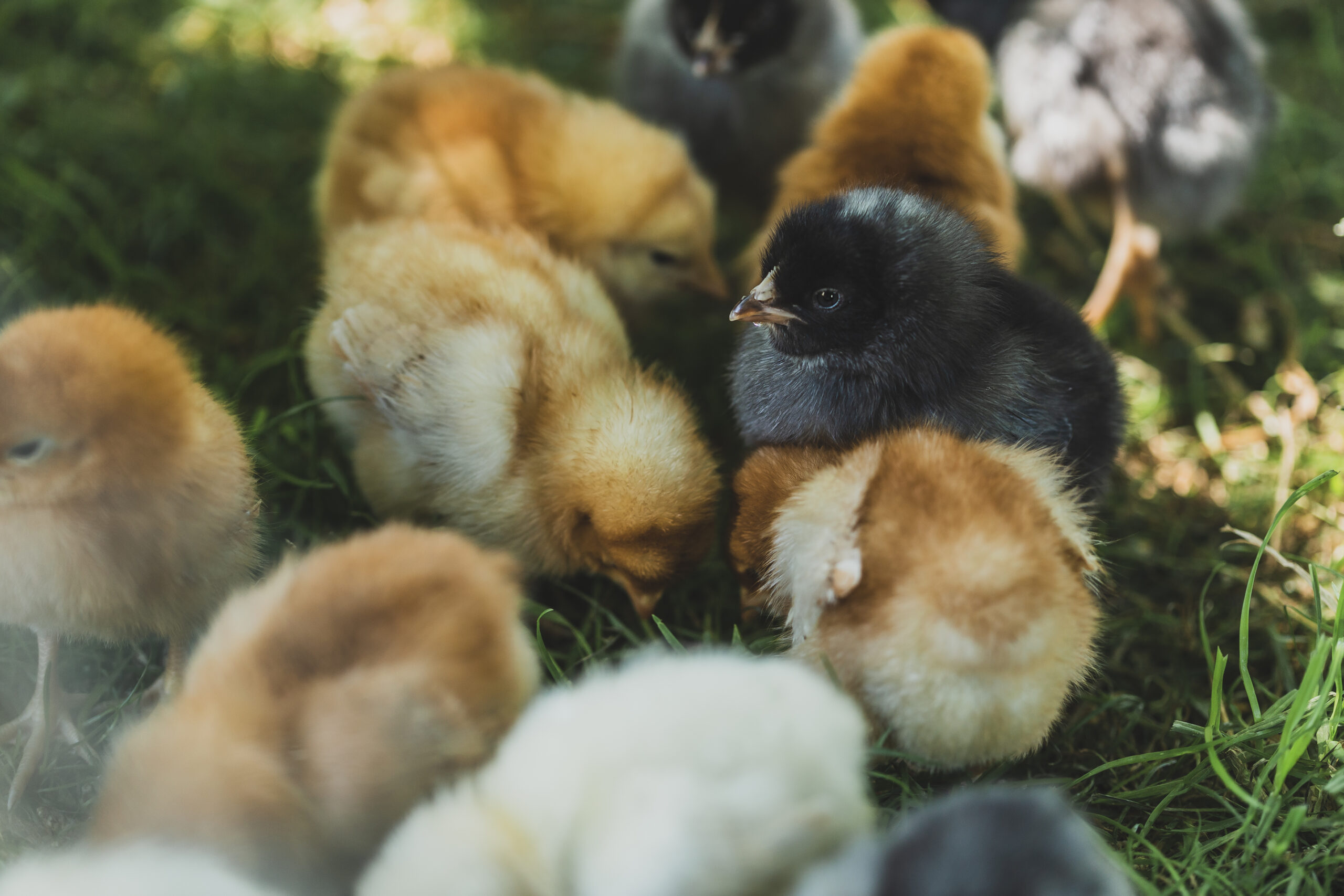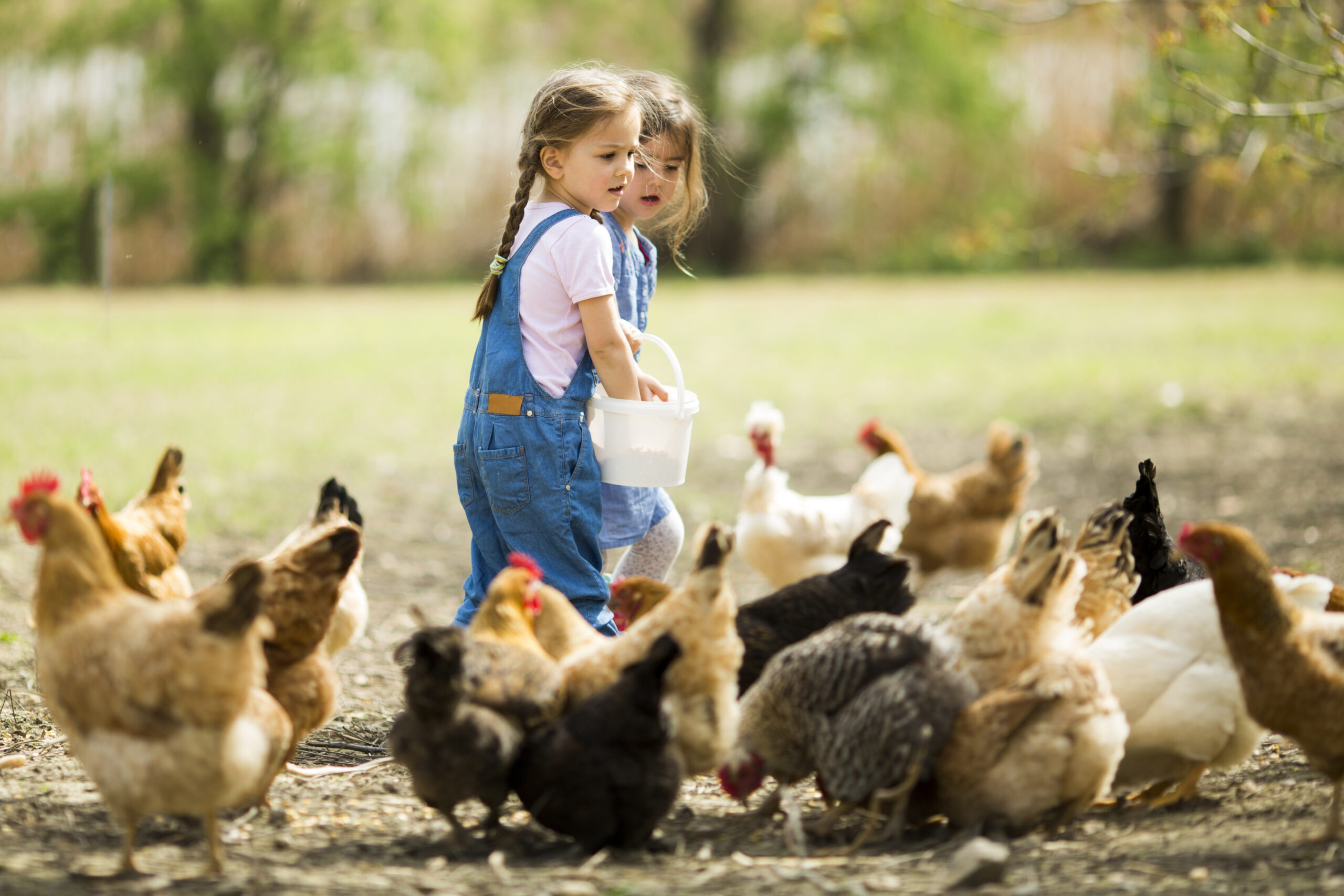baby chick sexing
Baby chick sexing has long been one of the pains of farmers, hatcheries, and flock owners alike. Surely, in an age of nano technology and genetic engineering, there must be a way to tell the males chicks from the females chicks before shipping them off to local farm supply stores and farms across the country, right? Sort of. While there are a few breeds of chickens with sex-link characteristics, meaning they can be sexed by color alone as baby chicks, sexing many rare and heritage breed chickens in their first days of life is still a challenge for small farmers and hatcheries alike.
Here are two types of gender sexing that farmers and hatcheries generally use on baby chicks today: vent sexing and feather sexing. While sexing most chicken breeds with 100% accuracy is still impossible on a large scale, there are a few methods of sexing baby chicks that at least provide correct gender selection between 95-97%.
What does this mean?
Vent Sexing
Vent sexing is a method of sexing day old baby chicks performed by carefully inspecting the baby chick for male genitalia. Vent sexing is incredibly difficult because unlike many other animals, the location of the sexual organs are inside the bird and difficult to identify to the untrained eye. Vent sexing can only be performed safely and accurately by a trained professional, and if done improperly can cause serious injury or even death to the chick.
Vent sexing is time consuming, and the lack of professionals trained at this obscure and difficult trade make it difficult for many smaller scale hatcheries to keep up with the demand. So while vent sexing is usually around 95% accurate when performed by an expert, finding more than a few in a small farming town is a tall order. Expecting them to accurately sex thousands of chicks on a hatch day before sending them off to their new homes is a “whole ‘nother” story. You’re probably going to see vent sexing accuracy closer to 90% when ordering from a hatchery that offers vent sexing.
Thankfully, there is an alternative that is utilized by many hatcheries in addition to vent sexing to alleviate the burden of vent sexing thousands of cockerels and pullets during the busy hatching season.
Feather Sexing
So if it’s easier, why not feather sex all chicken breeds?
Well, it doesn’t take a mathematician to see that 80-95% accuracy isn’t quite as high as the 95-97% you can achieve by properly vent sexing. However, because it’s safer, faster, and easier to teach, it must be utilized in order to offer gender sexing on so many of America’s favorite chicken breeds. Another reason why feather sexing isn’t used for more breeds is because it’s a bit tricky to properly breed the chicks so that they actually exhibit the feather characteristics necessary to sex the birds on the first days after hatch.
Without going too deep into the genetic specifics, by selectively breeding chickens with the slow and fast feathering sex-linked genes K and k, male offspring will have coverts that are longer than the primary feathers for the first few days. On the contrary the female chicks will have shorter covert feathers than primary feathers. That means that these chicks can only be sexed accurately using this method for a few days. If the breeding is not done exactly right, this method will fail to produce offspring that exhibit these feather characteristics.
So how can I be sure I only receive pullets?
Accurate sexing, whether vent or feather sexing, is a difficult process due to the breeding genetics or actual sexing process. Some breeds are actually significantly more difficult to sex as chicks simply due to their biological make up. The Columbian Wyandotte, for example, can only be sexed with 80% accuracy.
If you’re truly looking for 100% accurate sexing, you have limited options. You can either purchase older birds that have already begun exhibiting traits that identify them as pullets or cockerels, or you can purchase what is called a sex link chicken breed – a breed that can be gender sexed based solely on chick coloration on the day of hatch. Some breeds are naturally sex-links, like the Barred Plymouth Rock. Others are created by crossing a Male and Female of two specific breeds that will produce a hardy and productive cross with a clear color differentiation between pullets and cockerels. One of the most popular sex-link varieties is the Gold Sex Link, also known as the Golden Comet or Cinnamon Queen. This Gold Sex-Link is created by crossing a Rhode Island White Hen with a Rhode Island Red Rooster. What do you get? A hardy bunch of yellowish white cockerels and reddish buff pullets!
Egg producing farms that order baby chicks once or twice a year to keep a continual supply of young healthy egg layers, they will often choose a sex-link production variety like the ISA Brown so they can be sure they won’t end up raising any males.
What do We Guarantee?
We offer a 100% Sexing Guarantee! No, this does not mean we guarantee you will receive all pullets on an order. Our baby chick Sexing is usually 90% True to sex. Every once in a while we end up having sexing errors. Sexing errors must be reported within 12 weeks after receipt of shipment. Photos of the birds in question are required so that we can verify this error. This means that we will refund you for the difference in price of the pullet chicks that you ordered and did not receive. Inevitably, you will end up with some male chicks at some point in you poultry raising career. We recommend selling or donating them locally if you are unable to keep Males. Unfortunately, we are not able to reimburse the cost of feed in raising unexpected chicks that were a sexing error.
Here is a link to our Sexing and Hatchery Guarantees. Hatchery Guarantees













